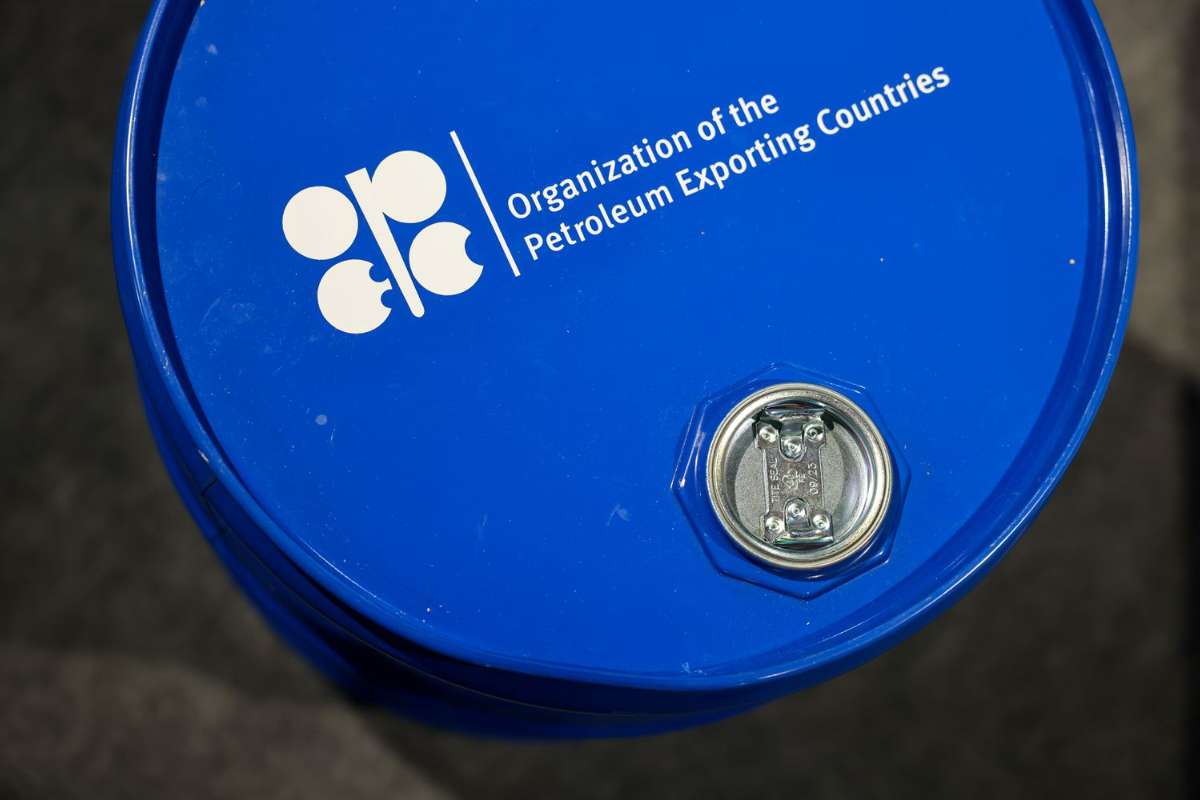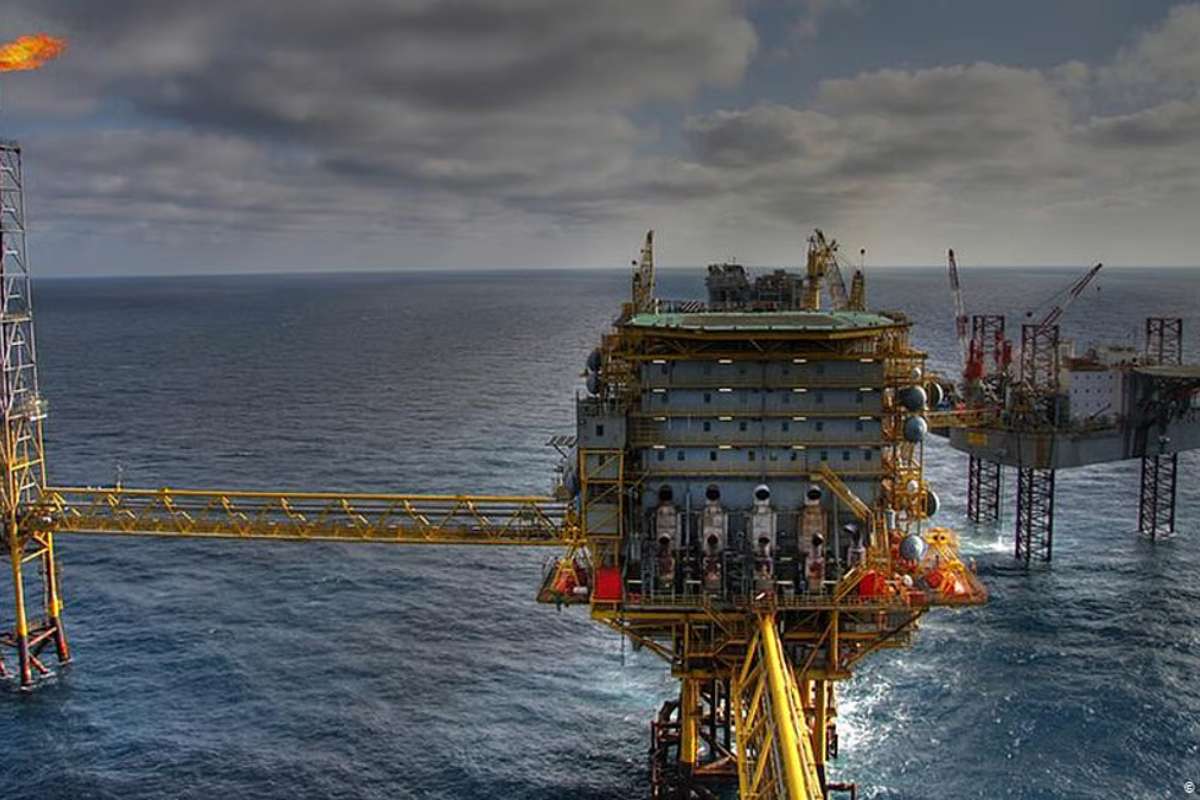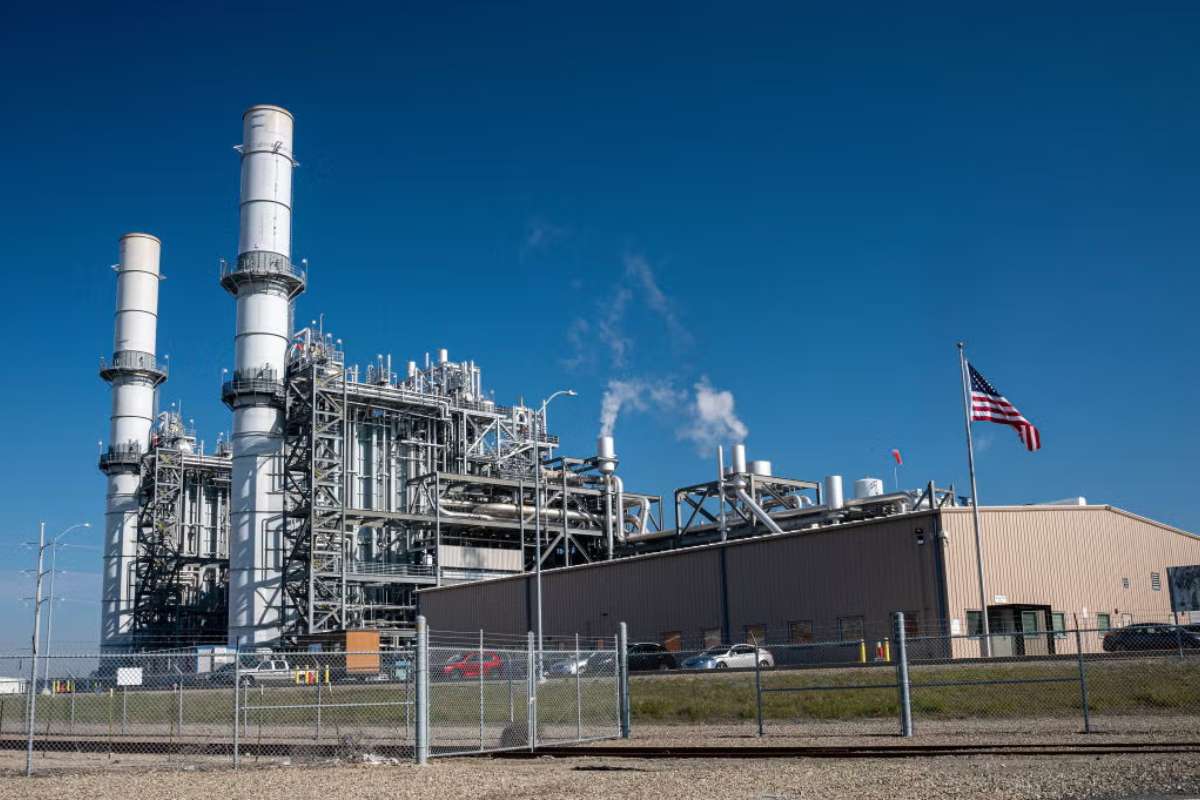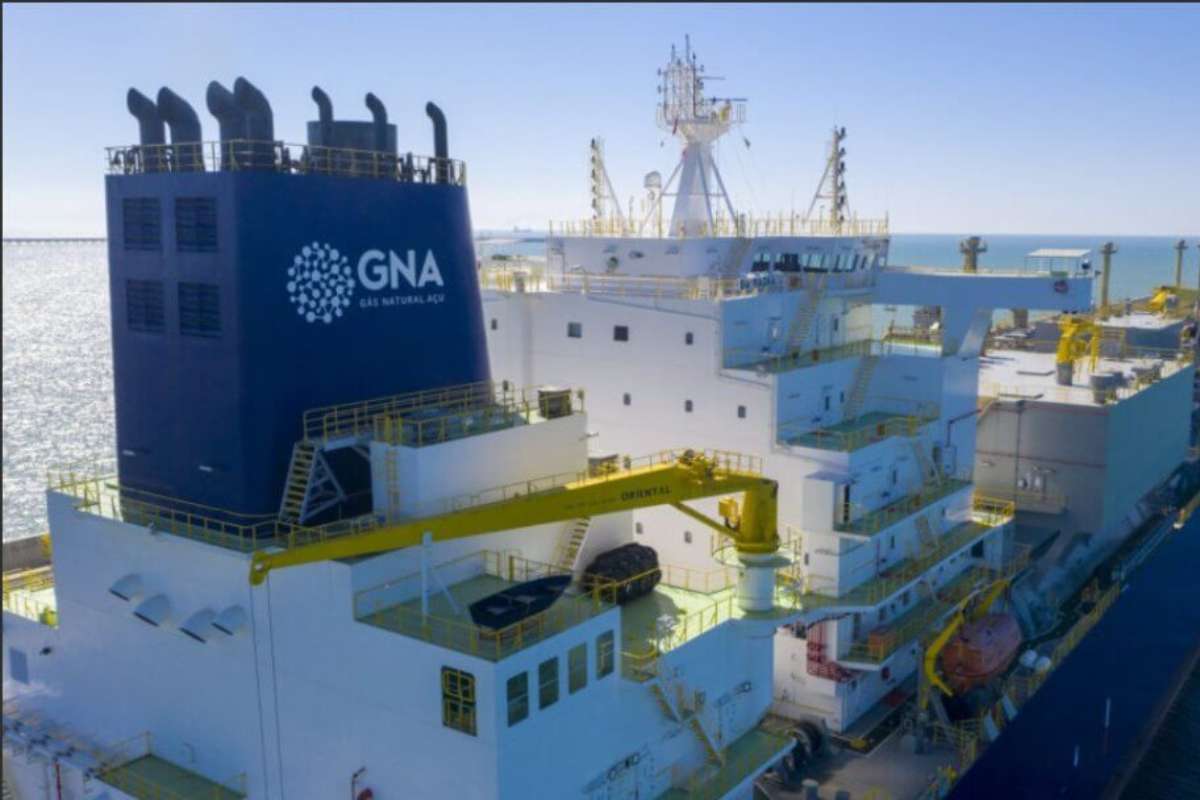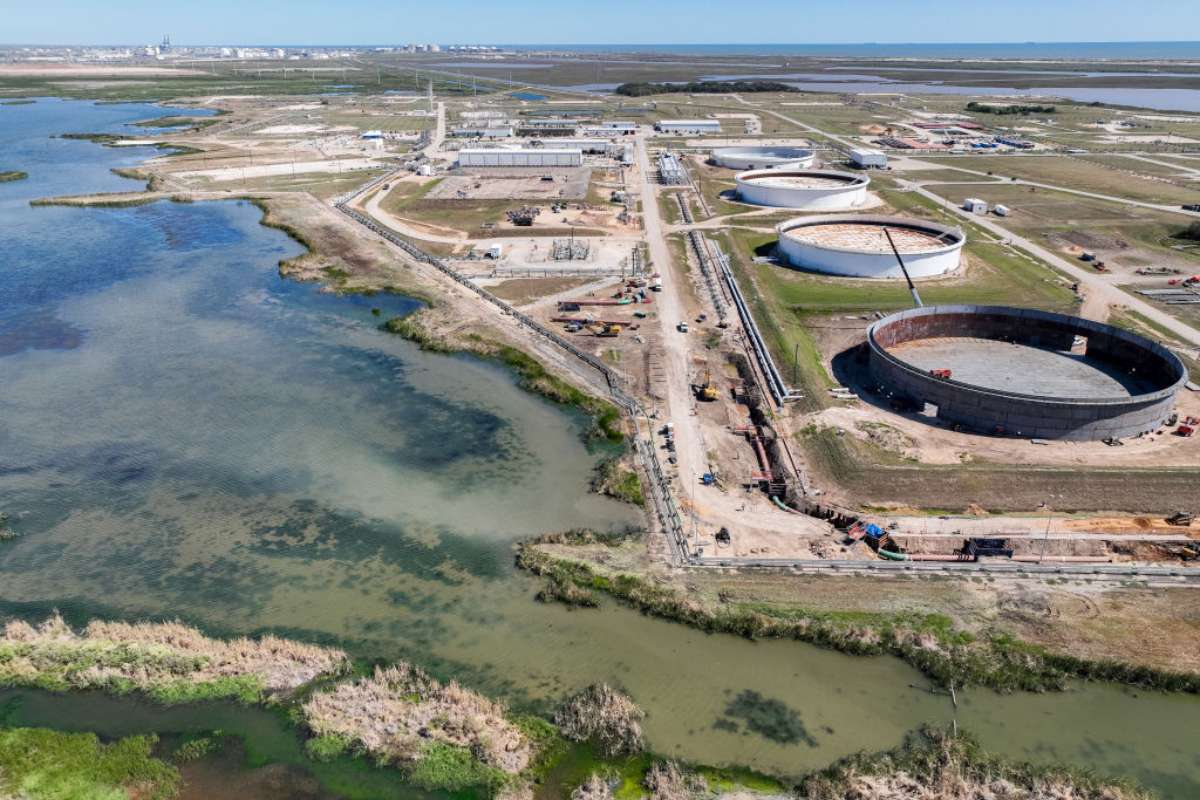Tapping Into U.S.-China Trade Disputes
Indonesia’s Solar industry is positioning itself as a key player in the global market. This strategy comes as the United States imposes anti-dumping tariffs on solar products from countries like China, Malaysia, Vietnam, Thailand, and Cambodia. These tariffs aim to address alleged unfair trade practices but have inadvertently created opportunities for Indonesia, which remains unaffected by these restrictions.
Seizing the moment, Indonesia is wooing foreign investors, particularly from China and the U.S., by offering incentives to establish solar equipment manufacturing facilities in the country. In a bold move to attract investment, Indonesia recently reduced the minimum local content requirement for solar power plants from 40% to 20%. This policy shift is part of a broader effort to boost its renewable energy sector and secure funding from international lenders.
However, analysts caution that Indonesia’s tariff-free status may not last indefinitely. “The U.S. could eventually impose similar restrictions on Indonesia,” experts warn, highlighting the urgency for the country to capitalize on its current advantage.
Growing Investments in Solar Infrastructure
Indonesia’s Solar efforts are beginning to show results. Last month, Singapore-based EliTe Solar inaugurated a solar cell production facility in the country, signaling confidence in Indonesia’s renewable energy landscape. The company aims to foster clean energy adoption while contributing to Indonesia’s economic and social progress.
Similarly, U.S.-based SEG Solar has initiated the construction of a large photovoltaic industrial park in Central Java. This facility, projected to have an annual production capacity of 5 gigawatts, will manufacture silicon ingots, wafers, cells, and modules, making it the largest vertically integrated solar plant in Indonesia. SEG Solar plans to collaborate with other component suppliers, creating a comprehensive supply chain in the region.
According to Michael Eden, SEG Solar’s co-founder, the project will support Indonesia’s carbon reduction goals while bolstering supply chain reliability for the company’s U.S. operations.
Challenges and the Path Ahead
As Chinese solar manufacturers face U.S. tariffs, many are relocating operations to Indonesia and Laos, bypassing trade barriers. This relocation highlights a broader trend in Southeast Asia, where countries adjust to fluctuating trade dynamics. However, experts like William A. Reinsch from the Center for Strategic and International Studies note that the U.S. could eventually close these loopholes, likening the situation to a “cat-and-mouse game.”
Local analysts emphasize the importance of fostering domestic demand to ensure sustainable growth in Indonesia’s Solar manufacturing sector. “Reliance on U.S. exports alone is not a long-term solution,” said Putra Adhiguna of the Energy Shift Institute. To maintain momentum, Indonesia must integrate renewable energy solutions into its own energy grid, aligning with global trends while securing local economic benefits.
Indonesia’s proactive approach to leveraging global trade shifts underscores its ambitions in the renewable energy sector. While challenges remain, the country’s efforts to attract investment and expand its solar manufacturing capabilities signal a promising future for its clean energy aspirations.


